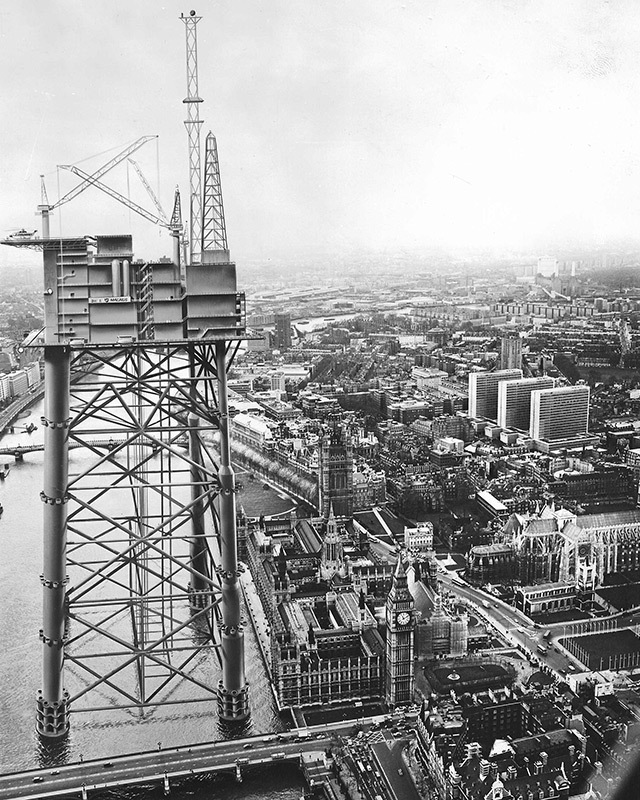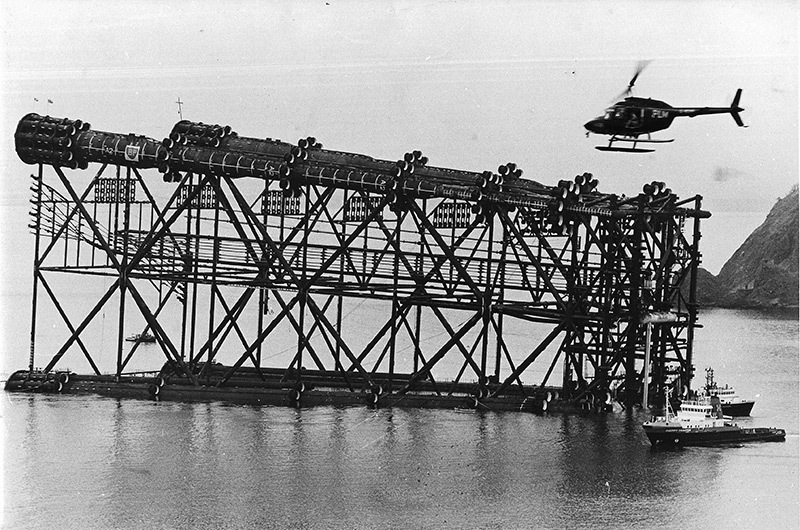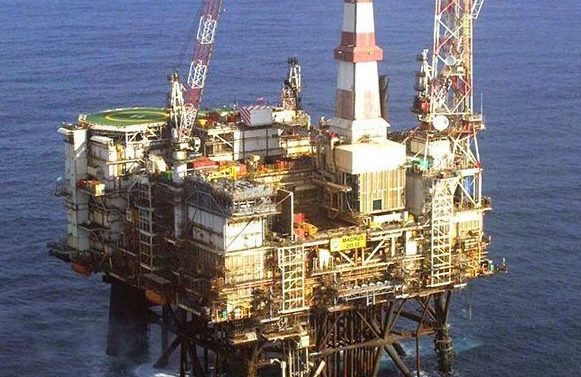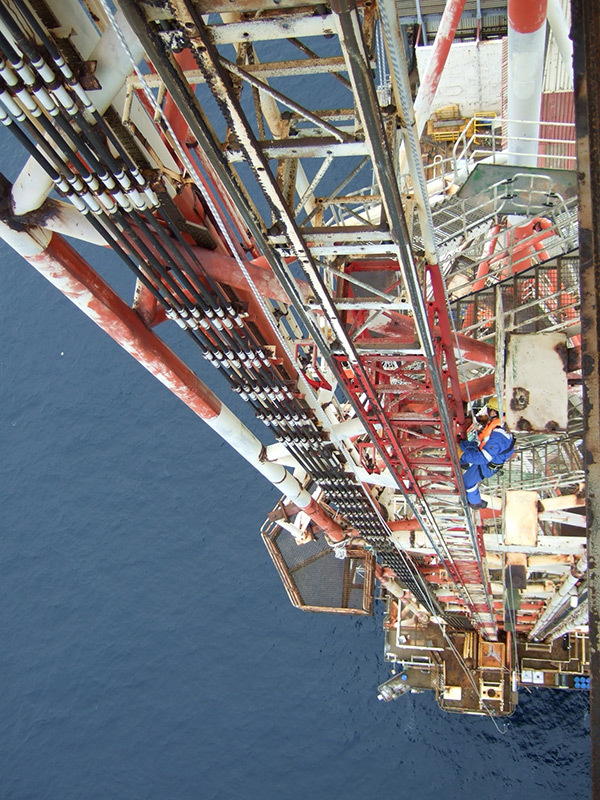
The North Sea’s biggest platform is 30 years old today – and the oil giant behind it has revealed plans to use it for another 20 years to come.
BP’s Magnus field achieved first oil in 1983, after an inauguration ceremony led by then prime minister Margaret Thatcher.
Three decades later, it is BP’s oldest platform in the UK and still remains one of the most important in the company’s North Sea portfolio.
Trevor Garlick, BP’s regional president for the North Sea, said it is a shining example of what the pioneering technology being applied in UK waters can achieve.
“After 30 years, Magnus is still competing as one of our core assets,” he told the Press and Journal yesterday.
“Thanks to the application of new technologies, we have already extended the field life and reservoir recovery factor well beyond our initial expectations.
“Magnus is an excellent example of where technology can breathe new life into a mature field.”
Magnus is UK’s most northerly oil and gas field, situated 300 miles south of the Arctic Circle.
The platform’s jacket was, and probably remains, the largest and heaviest single steel structure ever installed in the North Sea.
The construction was designed to withstand 100-year storm conditions, meaning waves of up to 100ft and winds of up to 100 knots.
Magnus was originally expected to produce until the mid-1990s but after three decades of successful operations and its billionth barrel of oil, Magnus is now looking at a future into the 2020s and beyond, according to the oil company.
Water injection and water-alternating-gas enhanced oil recovery have been the cornerstones of Magnus’ production performance. The connection between Magnus and the west of Shetland assets makes Magnus the most vital cog in the strategy.
It also has an active drilling programme with wells planned out to 2018 and others under evaluation for drilling beyond that.
To equip Magnus to meet the challenges of the next 20 years, the region will undertake the most extensive offshore fabric maintenance programme ever carried out in the North Sea.
This will enable BP to maximise the value of this asset for years to come.
Recommended for you





